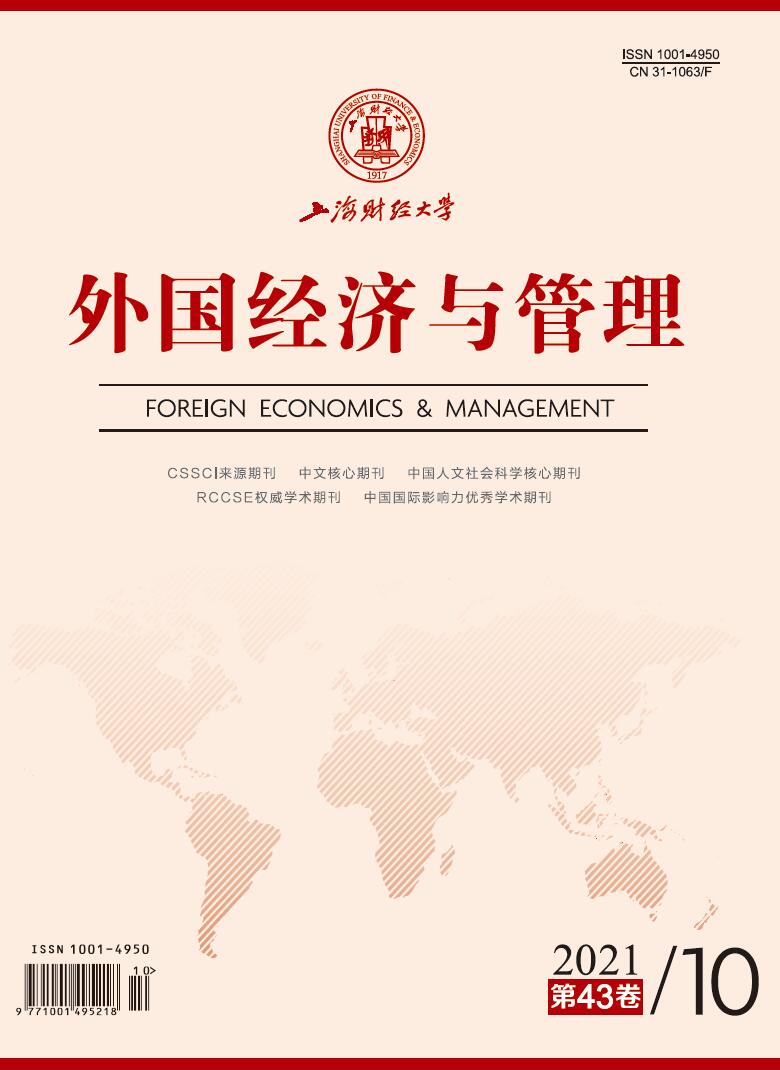This study takes 270 cities in China as the research object, reconstructs the influence mechanism of fintech on innovation performance based on the perspective of consumption, and deeply explores the threshold effect and spatial characteristics of the impact of fintech on innovation performance.
The conclusions are that: First, fintech has a dual threshold effect on innovation performance based on the coverage of fintech. When the coverage is lower than the first threshold, the effect of fintech on innovation performance is not significant. When the coverage crosses the first threshold, the effect of fintech on innovation performance shows the feature of diminishing marginal efficiency as the coverage increases. Second, fintech can improve innovation performance by increasing consumption demand. The lower the consumption demand in the region, the greater the marginal utility of fintech on innovation performance. Third, fintech has a significant space spillover effect on innovation performance and this effect will attenuate as the distance increases. In the Yangtze River Delta region, the spatial spillover effect of fintech on innovation performance is more stronger compared with the national average and the scope of the spillover effect is also wider. In the Pearl River Delta region, the spatial spillover effect of fintech on innovation performance is not significant. In the Beijing-Tianjin-Hebei region, fintech even shows a spatial extreme effect on innovation performance.
Based on the conclusions above, we propose the following suggestions: First, we should continue to encourage the development of fintech. We also need to pay attention to preventing systemic risks that may be brought about by fintech at the same time. Second, we must continue to promote the inclusive development of fintech and make fintech achievements to benefit more people. Third, it is necessary to strengthen the cooperation in the field of fintech among various regions and expand the radiation scope of fintech. Fourth, we should eliminate the institutional barriers to the flow of fintech elements so as to promote the upgrading of the industrial structure.
The contributions are that: First, we use the coverage of fintech as the threshold variable to analyze the nonlinear effect of fintech on innovation performance. Second, we incorporate consumption demand into the influence mechanism of fintech on innovation performance, explore the effect of this mechanism, and further enrich the influence mechanism of fintech on innovation performance. Third, we verify the spatial spillover effect of fintech on improving innovation performance and further explore the boundary of this effect, so as to make up for the deficiencies in the current literature caused by ignoring the spatial spillover effect of fintech and innovation. Fourth, considering the differences in the distribution of financial resources, we analyze the differences of the spatial spillover effect of fintech on improving innovation performance in Beijing-Tianjin-Hebei, the Yangtze River Delta and the Pearl River Delta, which will provide a certain theoretical and practical reference for China.





 11454
11454  9304
9304

